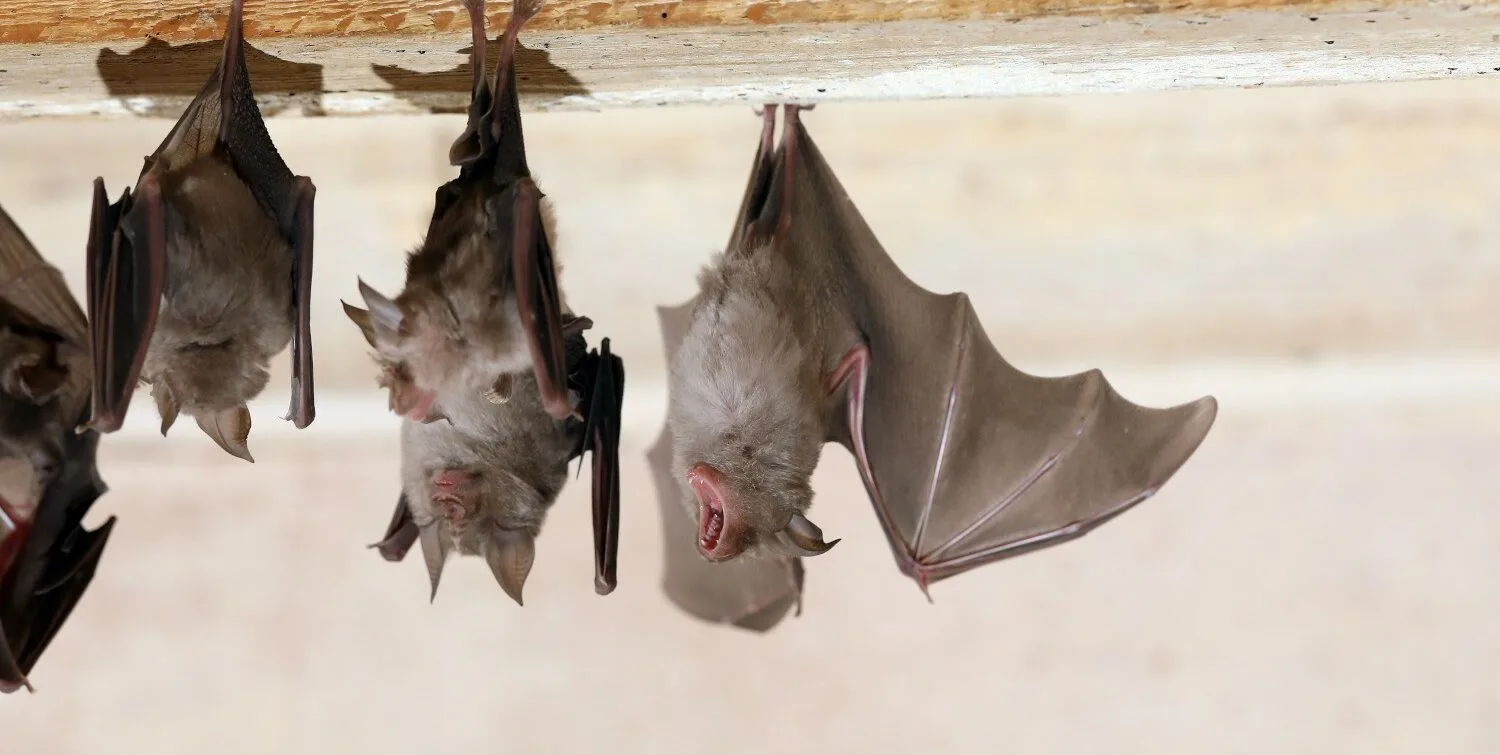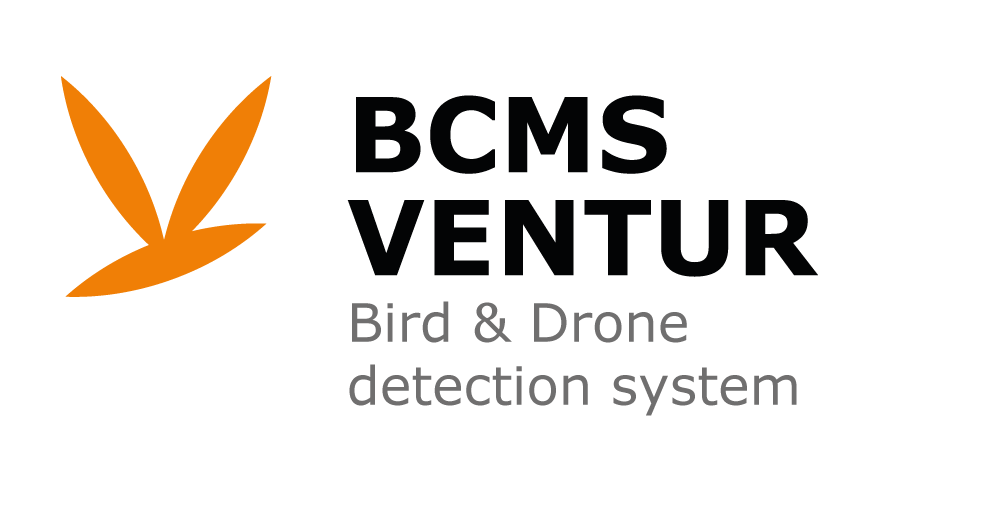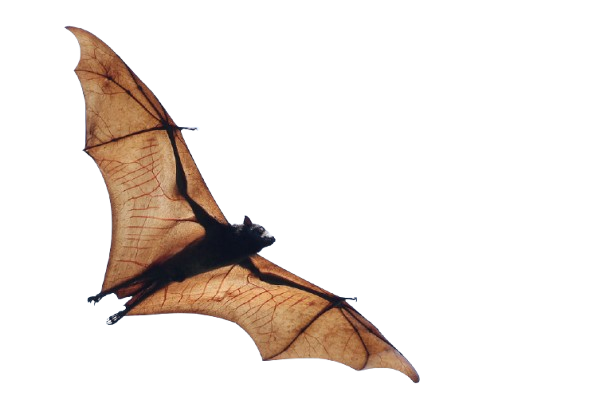MONITORING BATS WITH BCMS TAKES ADVANTAGE OF ARTIFICIAL INTELLIGENCE.


Impact of Wind Turbines on Bats
Studies conducted in Europe and North America have documented significant bat mortality at wind farms. According to Voigt et al. (2015), mortality rates range from 1 to 10 bats per turbine per year in Europe, with spikes of up to 40–50 individuals during migration seasons or in particularly sensitive areas.
The main causes of bat mortality include:
-
Direct collision: Bats may fly into moving blades, especially during migration or in low-visibility conditions.
-
Barotrauma: Sudden pressure changes near turbines can cause fatal internal injuries without physical contact.
-
Attraction to turbines:
As noted by Cryan & Barclay (2009), bats may be attracted to turbines due to:
✓ Insect concentrations around the structures
✓ Mistaking turbines for potential roosting sites
✓ Curiosity about unfamiliar objects during exploratory behavior
ADVANCED TECHNOLOGY FOR BIODIVERSITY PROTECTION
Chiroptera—commonly known as bats—are mammals of critical ecological importance. Unfortunately, their populations have significantly declined in recent years worldwide, with many species now at risk of extinction.
While wind power is a vital component of the clean energy transition, wind turbines can pose a serious threat to bats due to several factors, including:
- Direct collisions with turbine blades
- Barotrauma (injuries from sudden air pressure changes)
- Habitat disruption or loss
- Barriers across migratory flight paths

BAT SPECIES MOST AT RISK
The species most affected in Italy and across Europe tend to be migratory and those that forage in open spaces, including:
- Pipistrellus pipistrellus (Common Pipistrelle)
- Pipistrellus kuhlii (Kuhl’s Pipistrelle)
- Hypsugo savii (Savi’s Pipistrelle)
- Nyctalus noctula (Common Noctule)
- Nyctalus leisleri (Leisler’s Bat)
- Miniopterus schreibersii (Schreibers’ Bent-winged Bat)
- Tadarida teniotis (European Free-tailed Bat)

MONITORING BATS: A LEGAL AND SCIENTIFIC REQUIREMENT
European and national regulations require bat monitoring both before (pre-construction) and after (post-construction) wind farm development, to ensure comprehensive environmental impact assessments.
Pre-construction monitoring is essential to:
✓ Identify and characterize the local bat population
✓ Map roosting sites, foraging areas, and flight corridors
✓ Estimate species diversity and abundance
✓ Assess potential project impacts
Post-construction monitoring allows operators to:
✓ Evaluate the actual impact on bat populations
✓ Quantify mortality rates
✓ Measure the effectiveness of mitigation strategies
✓ Implement further corrective actions if necessary
LIMITS OF TRADITIONAL MONITORING METHODS
Conventional monitoring typically involves expert personnel using ultrasonic sensors and thermal cameras. However, this approach presents major limitations:
- High operational costs
- Time and weather constraints
- Inconsistent data collection, especially for large-scale wind farms
These limitations often hinder thorough and continuous environmental monitoring.
BCMS Ventur: The Innovative Solution
The BCMS VENTUR system provides a cutting-edge, automated solution to these challenges. Through high-resolution thermal imaging, AI-powered algorithms, and expert-curated biological datasets, BCMS Ventur can:
✓ Continuously monitor wind farm environments
✓ Detect bat presence in real time
✓ Log detailed data for population studies
✓ Identify high-activity times and zones
✓ Evaluate collision risk
✓ Automatically activate deterrent systems or stop turbines when necessary
This approach aligns with the latest scientific research and complies with regulatory standards calling for automated monitoring and risk mitigation systems.

A Revolutionary Step in Wildlife Monitoring
BCMS Ventur stands out as the first automated system (SCM) capable of:
- Detecting both birds and bats across any area
- Storing valuable data for ecological research and impact analysis
- Automatically managing deterrent systems to prevent collisions with
Self-Learning Technology for Continuous Improvement
BCMS® Ventur-E constantly stores every detection in its neural network. Thanks to deep learning, the system continuously improves its accuracy and capabilitiesWant to Learn More?
Leave your contact details and our team will help you explore how BCMS Ventur can support your business or project—and how you can be among the first to adopt this next-generation wildlife protection technology.
